November 10-21, 2008
Summary: Trails are cleared and holes are dug at the new revegetation sites in preparation for planting. Jaime and I do some final site acquisition scouting to secure the few remaining locations that will be planted.
On Monday we finished opening trails at the Astillero site. We returned Tuesday to construct a Moyuyo stake staircase at the approach, which is rather steep.
On Wednesday we spent the day at the greenhouse.
Weeds were cleared and the remaining Ceibo and Bototillo seedlings that had germinated were transplanted.
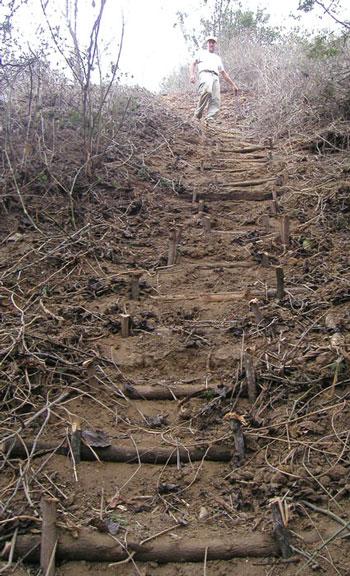
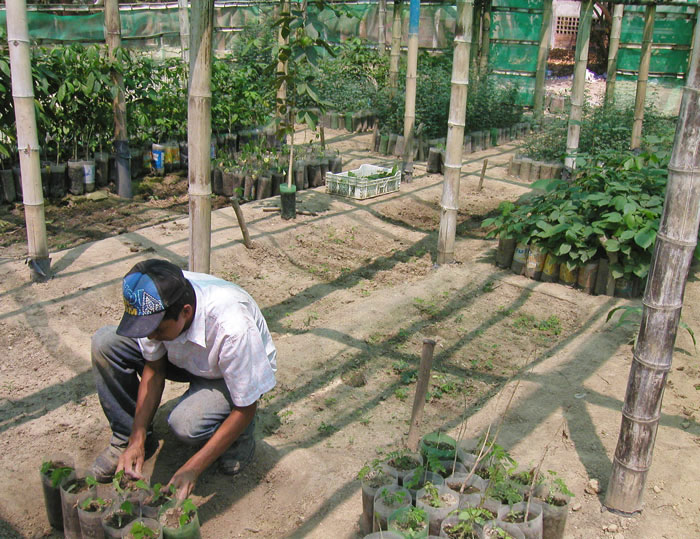
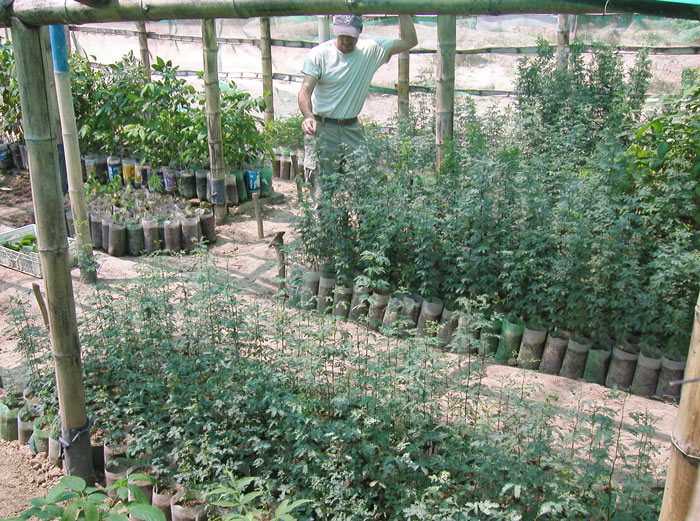
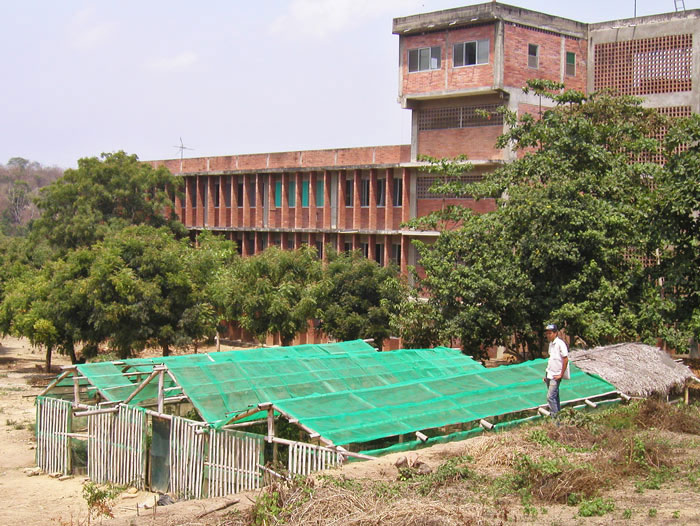
Thursday we began breaking trail at the Ramon Belletine site in the inner reaches of the Fanca watershed. The site will be rather large. Jaime and I cleared two rows to help give the site its shape. The plan is to finish clearing trails and dig holes with some paid day laborers that Ramon will provide.
On Friday we dug the first holes of the year at the Rattys site. Although this site doesn’t drain into the Río Chone watershed (it faces the ocean), it was chosen because of its high profile in Bahia. The site is only a few blocks from the city center.
Monday we cleared what will hopefully be the last trails of the 2009 El Toro site on the MIDUVI (government) land. A record number of wasp nests were encountered while macheteing at this site. There are now 13 horizontal rows, each approximately 60 meters long. Planted with a density of 3 meters between each plant, the site should hold about 260 trees.
On Tuesday I had a morning appointment at Banco Fomento to try and clear up some confusion over who are the neighboring landowners at the Planet Drum Bioregional Institute land. While I was at the bank, Jaime managed to track down and converse with a few of the land owners with whom we are talking about planting trees this coming year.
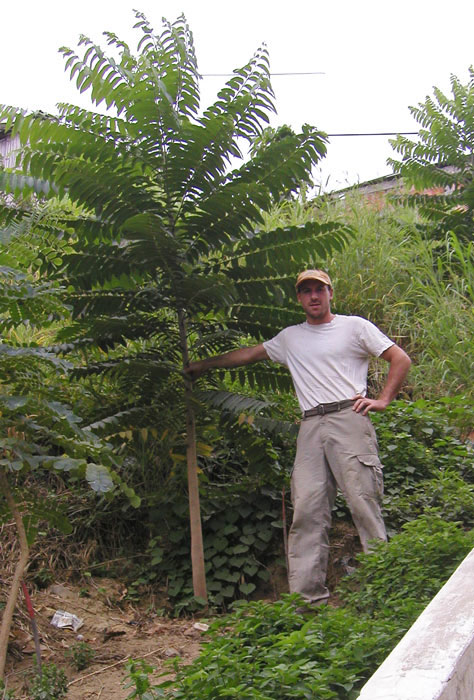
Once I finished the bank business, Jaime and I went for a walk to scout another location in El Astillero on land that belongs to Horacio Belletine. Along the way we passed 2008 sites in La Cruz and Reales Tamarindos. After assessing the 2008 sites we determined that they could use a watering since it has been a couple weeks since it rained and there aren’t any signs of it raining again in the short term.

After Astillero, we caught a bus out to the entrance of the El Toro watershed to investigate another potential site. The site is a nice hill in a good location that would make an excellent candidate for revegetation, but we need to track down the landowner in Kilometro 8 for further discussion. This was followed by a walk to the Granja site (2008) to see how the trees are doing there. They will be alright for a few more weeks without water. Hopefully it will rain!
On Wednesday holes were dug at the Astillero site.
Thursday Jaime and I caught an early morning bus out to the Bioregional Institute land in Pajonal to walk part of the perimeter that I haven’t seen yet.

The objective was to get a closer look at a large portion of the land that has yet to be explored.
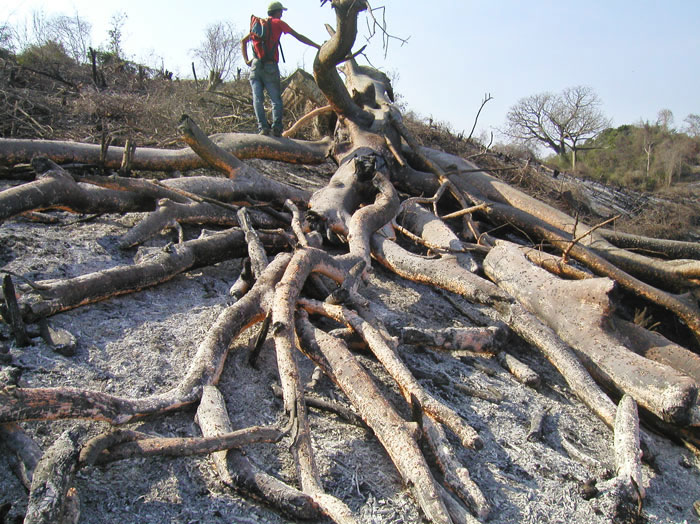
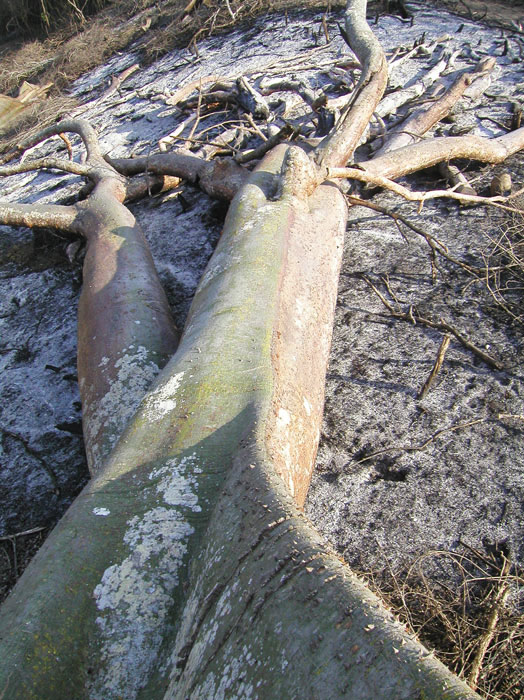
We spent the better part of the day hiking in hunched over positions, ducking under brush, vines and thorns, and following the barbed wire fences that define the borders of the land. Pictures were taken and GPS coordinates marked.
On Friday, exhausted from the hike the day before, we had a light day at the greenhouse, transplanting some of the last seedlings that are in the greenhouse: Seca and Guachepeli.





The greenhouse is brimming with trees; some of the spaces used for seed beds have even been converted into storage to accommodate all of them. After transplanting, we met up with Horacio, an administrator for the Universidad Catolica. He showed us a portion of the University land that had previously been used for planting corn. The University wants to reclaim it for revegetation. We agreed to plant our trees there, with the help of some of the students, over the course of two years. The idea is to plant 400-500 trees there this year. Fortunately we don’t need to clear trails there, but now it’s time to dig some holes!
Pásalo bien,
Clay

Reader Interactions